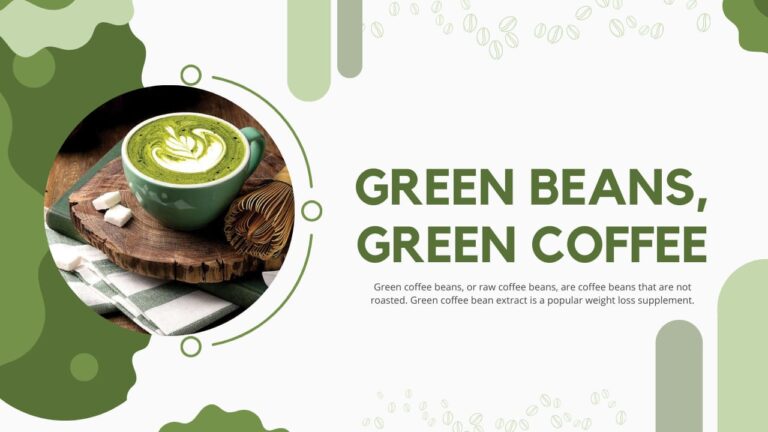DOES IRRADIATED FOODS CONTAIN RADIATION?
ABSOLUTELY NOT!
Food that has been irradiated to help preserve foods won’t indicate that your food is being subjected to a terrible process just because the word “radiation” appears in the term “irradiation.”
Let’s start by understanding what food irradiation is?
Food irradiation is the process of exposing food, whether packaged or in large quantities, to a specific type of energy for a predetermined amount of time in order to accomplish certain desired goals.
In the food sector, three primary forms of radiation are employed:
1) Gamma rays are made of cobalt 60 or caesium 137 and have a very high energy. The radioactive elements caesium and cobalt were chosen because they are inherently unstable radioisotopes that emit energy and particles.
These two radioisotopes were essentially created for this purpose!
The most common form of irradiation uses gamma rays, and while not in use, the source, either cobalt or caesium, is shielded in a water reservoir.
2) X-rays, which a machine can easily produce.
3) A machine is capable of producing beta-rays (electron beam). The popularity of this approach is currently growing.
Keep in mind that the Food and Drug Administration has given its approval to all three of these radiation energies.
Food exposed to irradiation does not become radioactive, just as fruit exposed to sunshine does not release light.

Credit: The Spruce / K. Dave
Food and everything else in our environment contain minute quantities of radioactivity. This means that we cannot avoid consuming this tiny quantity (between 150 and 200 becquerels/kg) of naturally occurring radioactivity from substances like potassium in our everyday diets.
The sources of radiation and their energies are regulated and monitored in nations where food irradiation is legal. To regulate the quantity of energy or dose absorbed by the food, the irradiation procedure requires moving the food through a radiation field at a predetermined speed. The radiation source never makes direct contact with the food itself. The two machine-generated sources of radiation (Electron beams and X-rays) that can be used have maximum permitted energy of 10 million electron volts (MeV) for electrons and 5 MeV for X-rays, respectively. The highest amount of radioactivity per kilogramme of food, even when exposed to very high levels of radiation from various sources, would be just one thousandth of a becquerel. This is 200,000 times less radioactivity than is found naturally in food. Food that has been radioactively treated does not become radioactive any more than luggage that has been scanned at an airport security checkpoint or X-rayed teeth do.
How do the terms “irradiated food” and “radioactive food” vary from one another?
Irradiated foods are ones that have been purposefully exposed to specific radiation energies in order to produce some desired characteristics (for instance, to prevent sprouting or to eradicate bacteria that can cause food poisoning). In addition to foods, numerous other materials are produced using commercial radiation. These consist of cosmetics, corks from wine bottles, medical equipment, hospital supplies, and some forms of food packaging.
Radioactive foods are those that have unintentionally been polluted by radioactive materials as a result of nuclear reactor accidents or weapon testing. Irradiated food that has been processed for preservation and other reasons has absolutely nothing to do with this kind of contamination.
Irradiated food produces “radiolytic” by-products that are similar to “thermolytic” by-products of cooking.
It has been discovered that the so-called “radiolytic” chemicals created by irradiating food are well-known ones like glucose, formic acid, acetaldehyde, and carbon dioxide that are either naturally present in foods or are created during thermal processing (thermolytic products). These ‘radiolytic products’ safety has been thoroughly investigated, and no indication of their harmfulness has been discovered.
The Food and Drug Administration (FDA) of the United States has calculated that less than 3 milligrams per kilogramme of food, or less than 3 parts per million, of undiscovered radiolytic products may be produced when food is exposed to radiation at a level of 1 kGy.
I believe that irradiated foods are safe for you if they are safe enough for astronauts.

Credit: Bettmann/Bettmann Archive
NASA has been utilising this technique for many years since irradiated foods have a longer shelf life and are safer. For astronauts on the international space station, irradiated turkey slices and beef patties have assisted with nutrition while lowering the risk of foodborne illness.
The general public remains dubious of irradiated foods, despite NASA’s support. Even though meats, flour, potatoes, fruits, and vegetables have all been approved for irradiation, you would be hard pushed to find any irradiated food goods at your neighbourhood grocery store.
Do the “free radicals” created during irradiation have an impact on the food’s safety?
NO.
Free radicals, which are atoms or molecules with an unpaired electron, are formed as a result of irradiation and are quite stable in dry foods, which has frequently been cited as a reason to use extra caution when consuming irradiated dry foods. Free radicals are created during regular food oxidation processes as well as additional food processing methods including toasting, frying, and freeze drying. They are often very unstable and reactive structures that continuously interact with other chemicals to produce stable end products. Free radicals vanish by interacting with one another when there are liquids present, such as saliva in the mouth. Therefore, their consumption has no toxicological or other negative impacts.
Most of us have eaten one irradiated food item without even realising it! Anyone with any ideas? Spices offer the solution.

Credit: European Union
Since ready-to-eat foods are not prepared at home, irradiation is frequently employed with spices that are added after the item has been cooked.
A spice product has been irradiated unless it specifically states that it is “non-irradiated.” Spice labels do not require to include an irradiation statement. This is so because both fresh spices and spices that have been stored for a while are heavily pest-infested.
References:
Abbey. (2019, 1 4). Are Irradiated Foods Radioactive? Retrieved from Medium: https://medium.com/no-fear-in-food-science/are-irradiated-foods-radioactive-f42e7e7e9f46
Facts about food irradiation. (1999).
Labs, W. (2013, 01 28). FDA increases irradiation levels in poultry, beef products. Retrieved from Food Engineering: https://www.foodengineeringmag.com/articles/90171-fda-increases-irradiation-levels-in-poultry-beef-products
NEILSON, S. (2019, 07 21). 50 Years After Apollo 11, Here’s What (And How) Astronauts Are Eating. Retrieved from The Salt: https://www.npr.org/sections/thesalt/2019/07/21/743549993/50-years-after-apollo-11-heres-what-and-how-astronauts-are-eating
Roos, R. (2010, 01 29). Salmonella outbreak may spark interest in irradiated spices. Retrieved from CIDRAP: https://www.cidrap.umn.edu/news-perspective/2010/01/salmonella-outbreak-may-spark-interest-irradiated-spices#:~:text=Irradiation%20is%20often%20used%20with,further%20processed%2C%22%20said%20Markus.
Whitworth, J. J. (2017, 10 20). Groups urge update to EU irradiation rules. Retrieved from Food navigator.com: https://www.foodnavigator.com/Article/2017/10/23/IAEA-Buehler-GNT-IFST-comment-on-irradiation-plans



DOES IRRADIATED FOODS CONTAIN RADIATION?